What you need to know
Paddle boarding Washington DC - Potomac River
The Potomac River is an awesome resource for kayakers, hikers, and those who like to stand up paddle board (SUP). Residents from all over Montgomery County, Maryland, as well as Virginia, enjoy what the river and canal have to offer. If you’re near Potomac or Bethesda Maryland, you can easily access the river from the Old Angler’s parking lot, or from the Great Falls Ranger Station. Below is some important information you may find useful if you plan to paddleboard on the Potomac River.
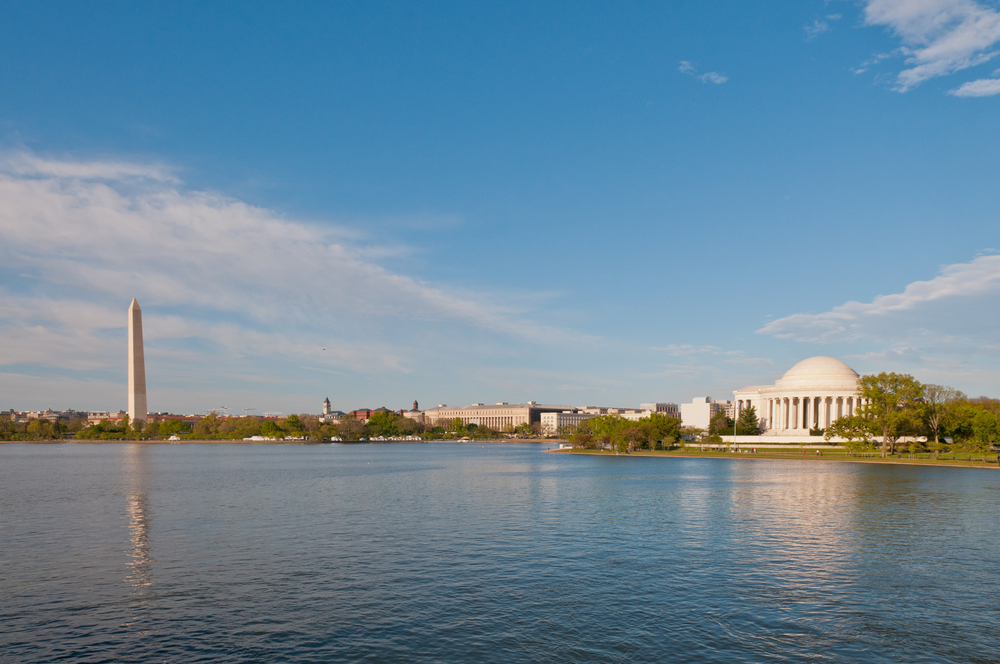
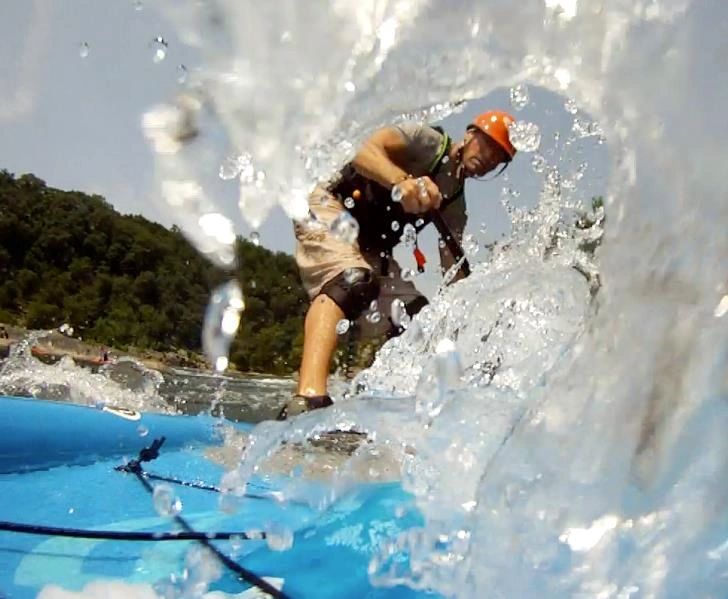
Safety
Being on the Potomac River on a stand up paddle board can be very dangerous. Having good river awareness is critical! Make sure to do whatever you can to learn about the current, the rocks, and the overall conditions before heading out. It is also critical that you have the right equipment. At a minimum, you should have a PFD, helmet, whistle, and rescue knife while on the water. It is also recommended that you don’t paddle alone, and that you make sure to have a float plan (i.e., tell a buddy when you are going back and when you will be returning).
Water Level
Water Level Before surfing on the Potomac River, you need to know the water level so you’ll know which features are in play. Click here for a good link to the National Weather Service. This site will give you the reading at Little Falls, which is a good indicator of what’s happening on the Potomac River between Great Falls and Old Anglers. Specifically, by learning to read this gauge, you’ll know exactly what spots are in play! There are some great resources on the web that tell you what spots on the Potomac River are in play to surf, but click here for a good map that will give you an overview. Props to Eric Astor for providing this. This is work in progress.
Lessons
Before paddling on the flat water of the Potomac River and in the chutes, you should consider taking paddle board lessons. There are many individuals and companies that provide good lessons. Learning how to stand up paddle board usually takes a few days. If you have a large board, and calm water, you’ll pick things up quickly. If you try and start on a board that is too small, learning how to SUP will be very difficult. A good instructor will make sure you have the right SUP equipment. After you’ve master the flat water, you may want to step things up a bit and go either in the ocean or in moving current. Paddle surfing in whitewater is a blast, but make sure that when you first begin your instructor explains all of the dangers of your river or ocean. For more information about paddleboard lessons, check out the Lessons page of our site.
Equipment
In addition to the safety equipment above, you’ll also need a board and paddle. When you first begin to learn to SUP on the Potomac River, you’ll probably want to get an inflatable SUP. These types of stand up paddle boards will not get damaged if you hit a rock, and they are easy to learn on. However, as you get better you may want to get a hard board, like the ones made by Badfish. These types of stand up paddleboards are much easier to surf the chutes and holes of the Potomac River, like Maryland and Virginia chutes.
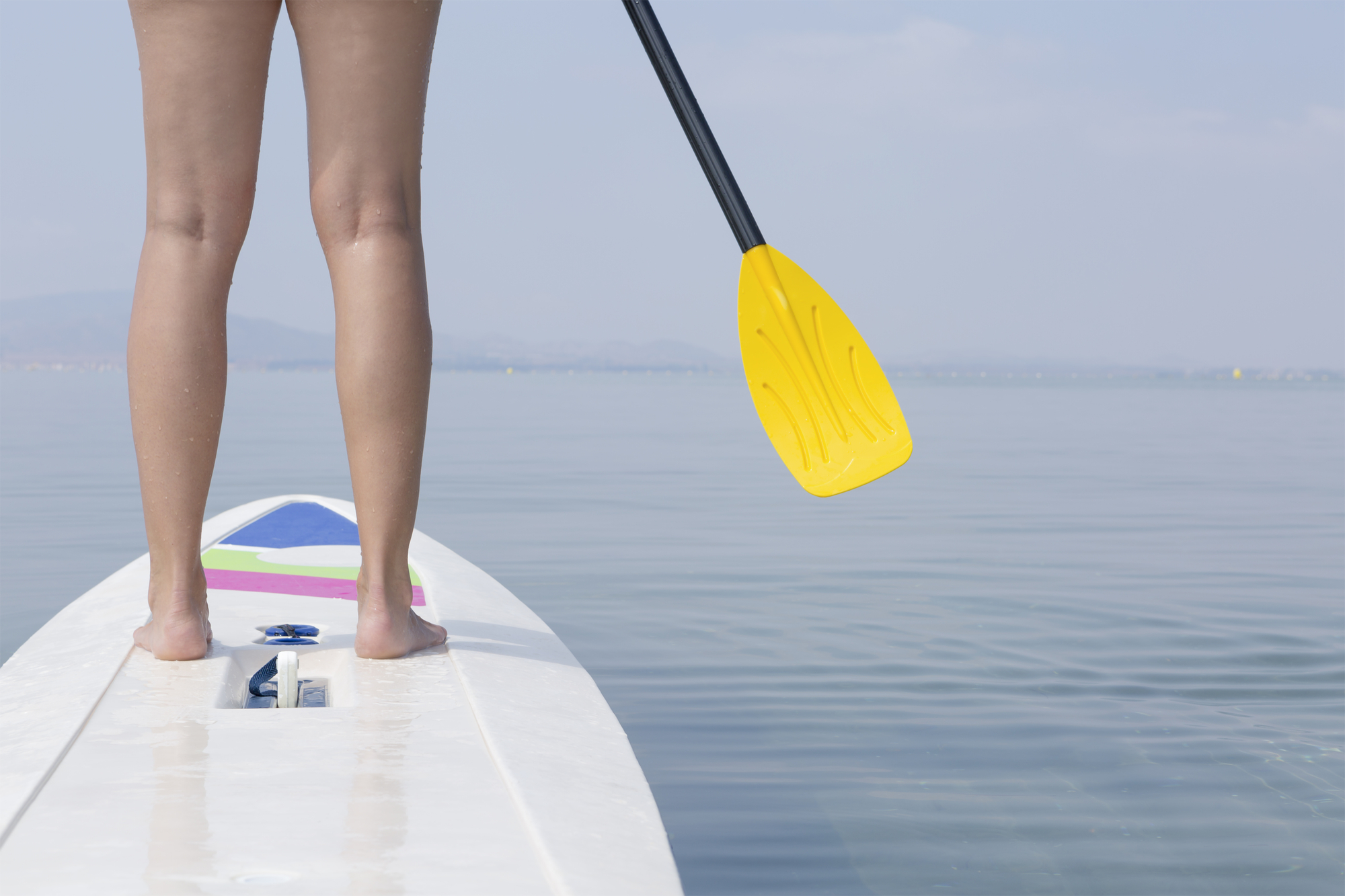
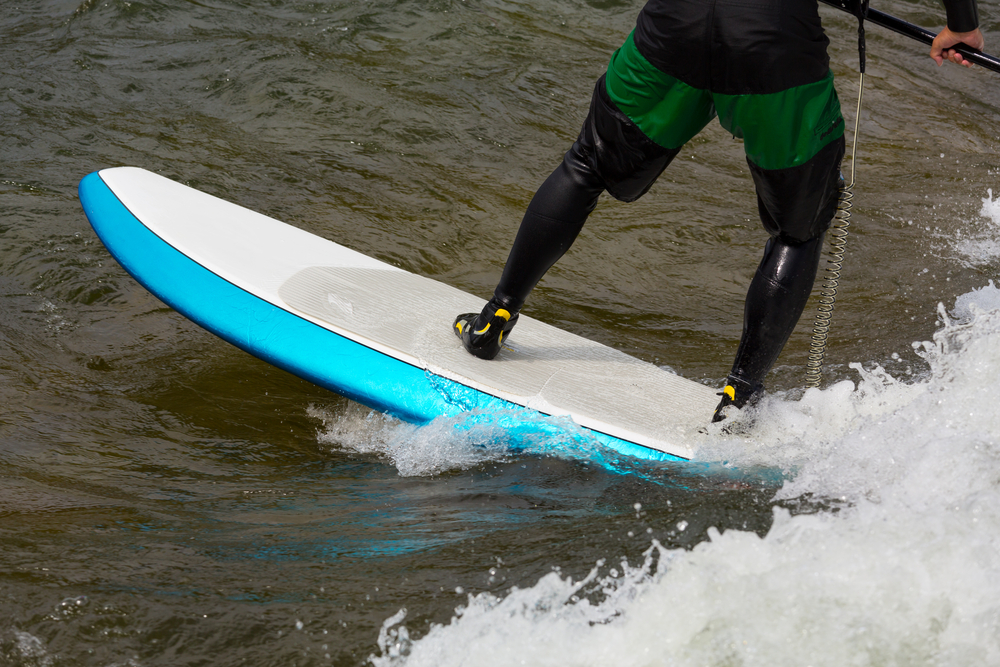
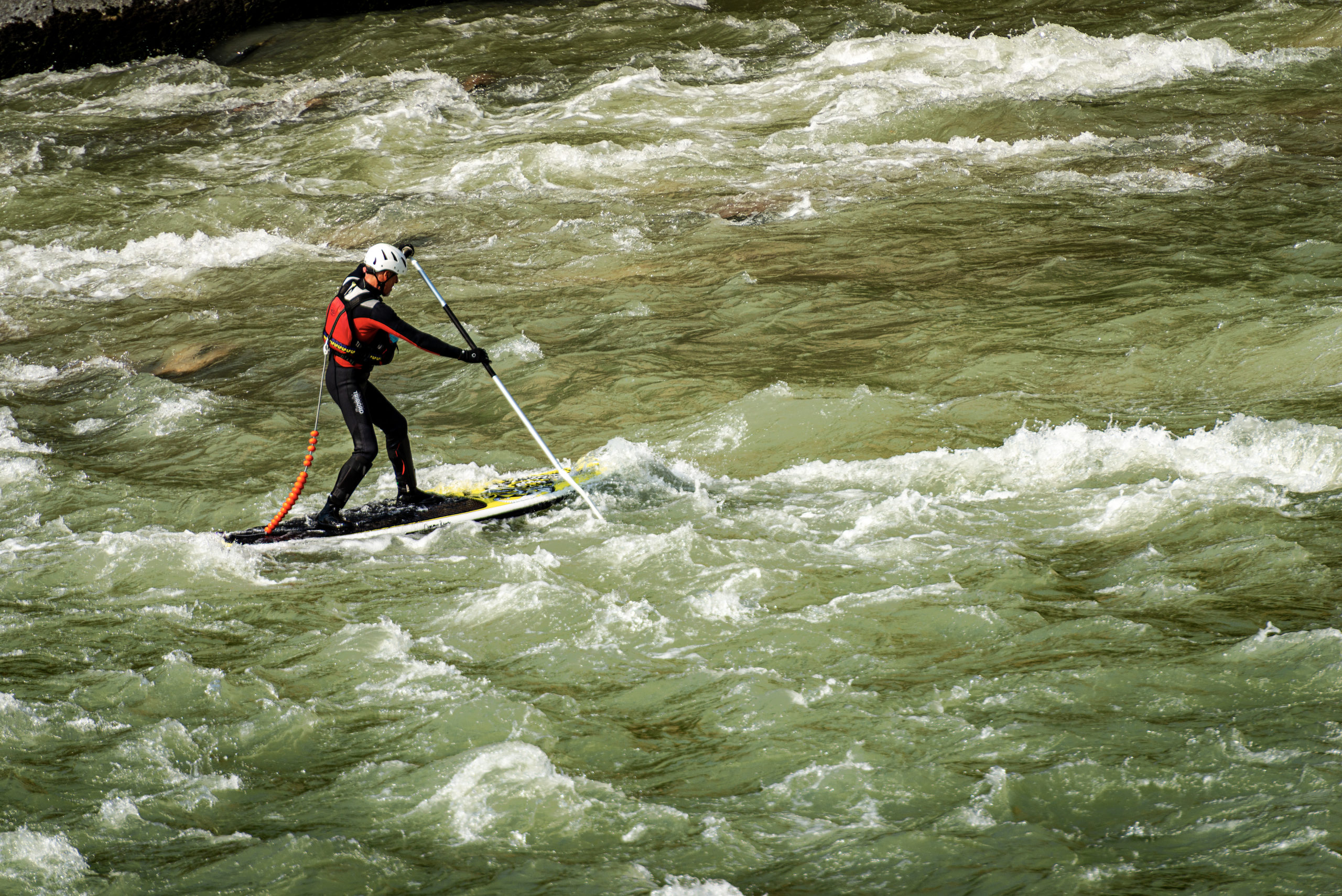
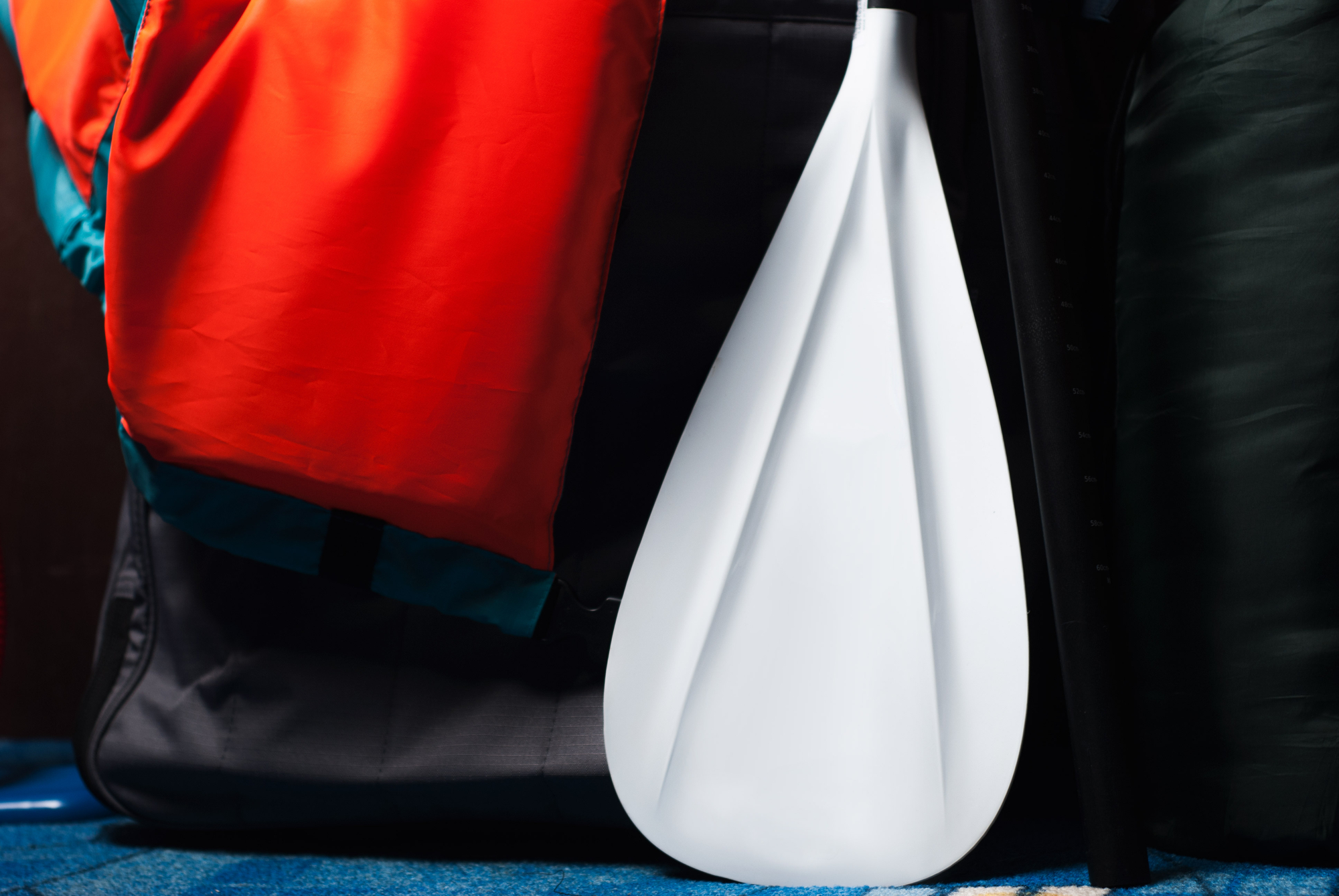
Type of Board
There are two types of boards, inflatables and hard boards. Each type of board has its own use. Inflatable stand up paddle boards are great because they are easily transported, and tend to be stable. Also, they are good for the river because they generally handle the rocks very well. Hard boards serve a different purpose. Usually, if you’d like to start learning how to river surf, you should get a hard board. Hard boards come in different sizes, so you’ll need to check out some different options. Typically, hard “surfing” boards for the river are between 7 and 8 feet, although longer boards will work in bigger waves such as Rocky Island wave.
Wet suit/Dry Suit?
It’s definitely possible to stand up paddleboard on the Potomac River in the cold weather! All you need is the right gear. Washington, D.C., and Potomac, Maryland, can get pretty cold, but if you’re determined you can continue to stand up paddleboard all year long. You have two choices when paddleboarding on the Potomac River in the winter months, either wear a wetsuit or wear a drysuit. In the fall and spring you can get away with a 3/2 or a 4/3 wetsuit. Some paddleboarders prefer wetsuits because they are a bit more flexible, and easier to move your legs. They also are very buoyant. Once the very cold months of January and February kick in, if you still want to SUP paddleboard on the Potomac River, you definitely will need to get a drysuit or a very heavy duty wetsuit such as a 5/4. One of the benefits of a drysuit is that you can layer up under the drysuit, and it’s much easier to get off. Again, it’s a personal choice. Here’s a good rule of thumb: if you want to SUP on the Potomac River, buy a 3/2 wetsuit, and a drysuit. If you have a few extra bucks, then buy a 5/4 wetsuit also and rotate them. This way you won’t smell too badly either!
Extraordinary Experiences
Contact us today to plan or join a paddle board trip!
Need lessons? We’ll teach you everything you need to know to enjoy a day out on the water.
Our Core Values
Our mission is to bring appreciation and fun to the banks of the Potomac.
- Have an adventure
- Surf some waves
- Have fun!

